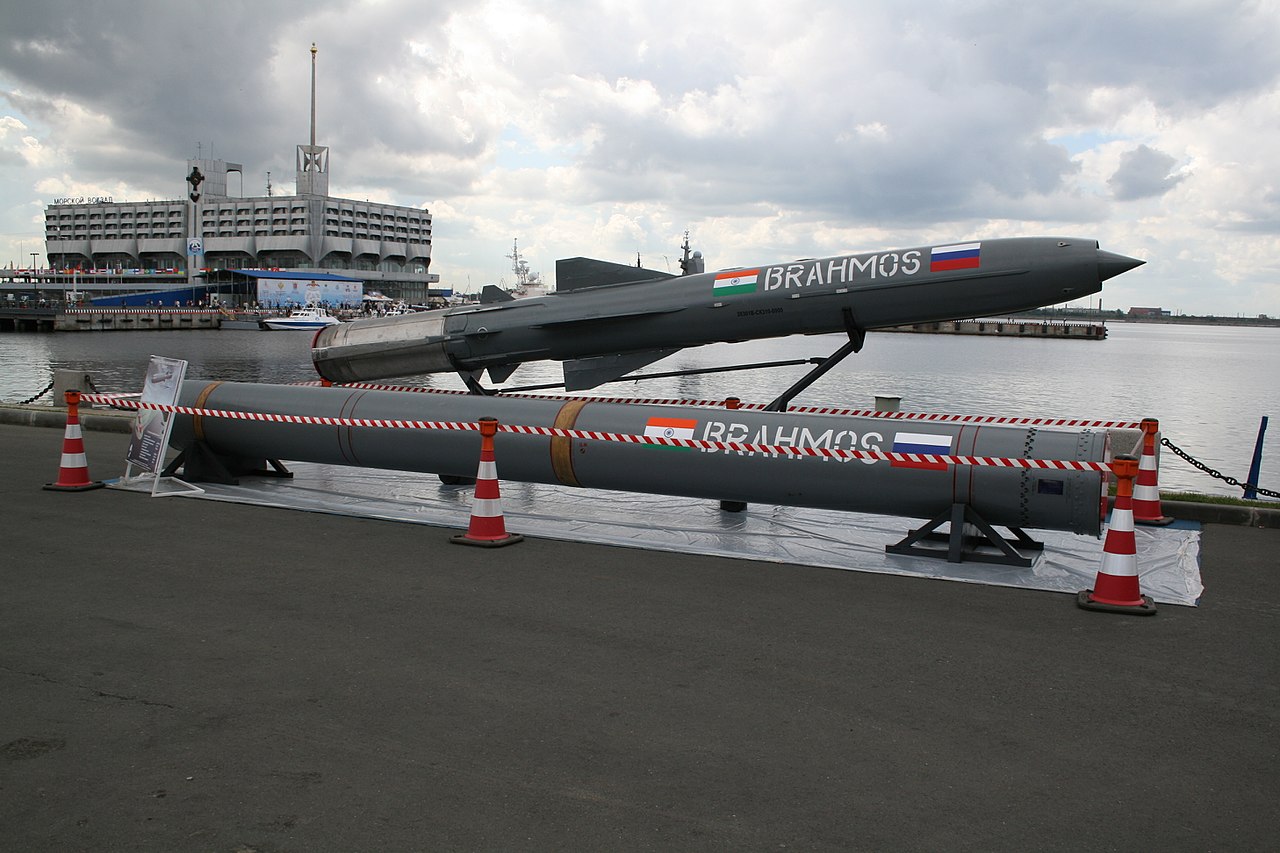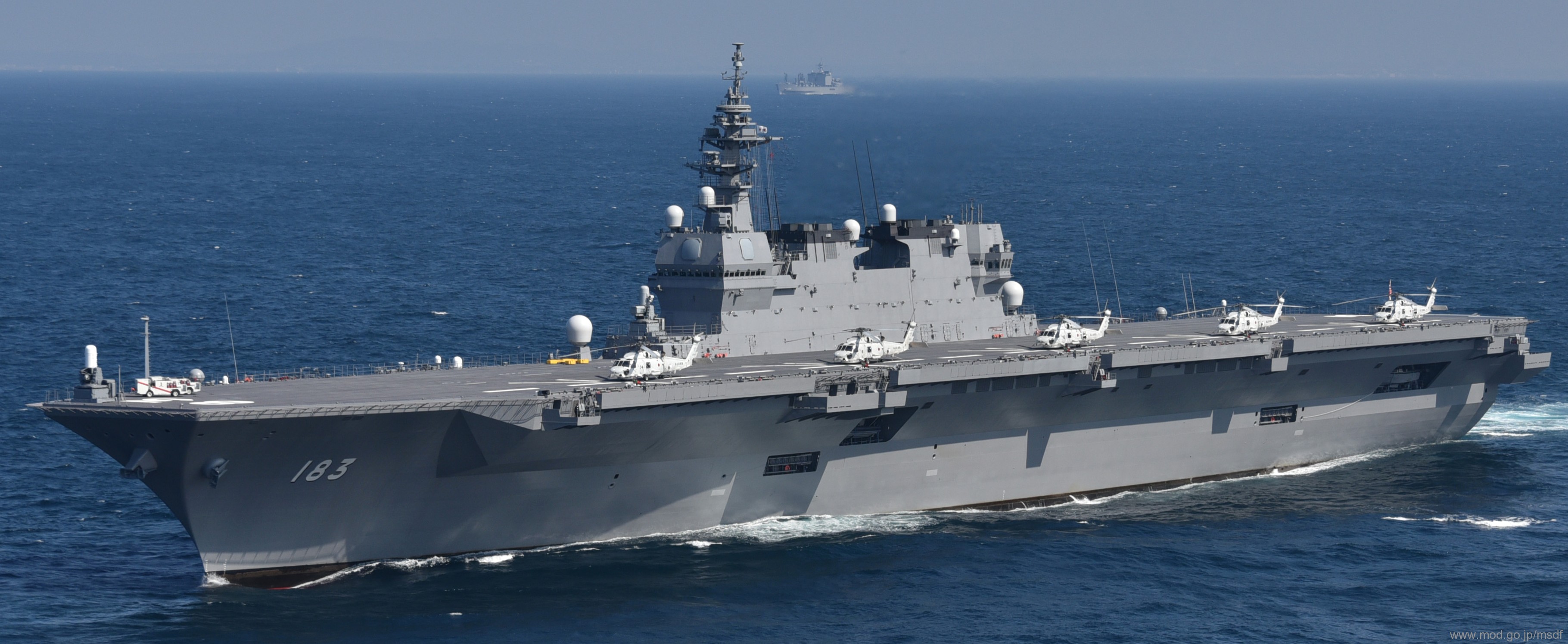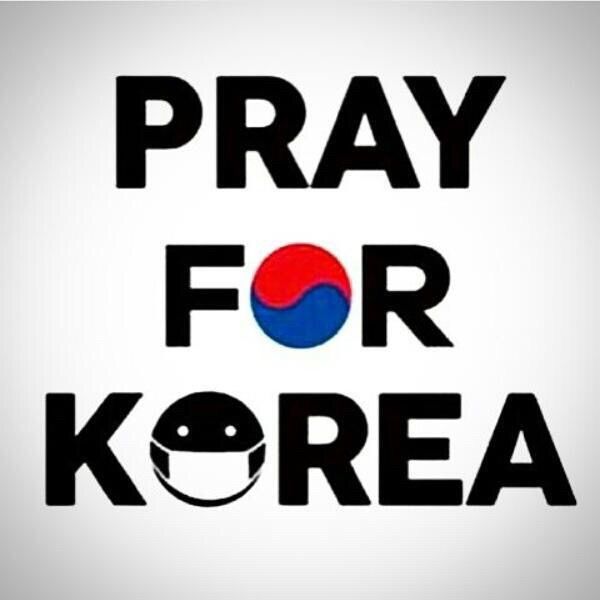July 23, 2016
Okinawa, Japan
"Hello followers, I would not be making any videos for a while. The reason is obvious. I'm going to be deployed to secure the Busan safe-zone to reinforce our South Korean allies and the American forces there. Honestly, I am terrified. I've never seen a zombie in real-life much less being able to fight one. I ask for you guys to pray for me and my fellow Marines as we battle something that only existed in science fiction. Remember my followers, you have one life. Live it. Make it count. See you. Updates to follow."
19 year old
Armando Nava Jr., known by his YouTube Channel NavaTheBeast, flipped off the camera and uploaded the video on his YouTube as well as social media accounts. The Texan bodybuilder, YouTube influencer, and military motivator since 2015 was stationed here in Okinawa. Nava could remember the day he entered bootcamp just fresh out of high school to the day he earned his Globe, Eagle, and Anchor. Since he became a Marine, he wanted to motivate the younger generation to find their purpose in life such as serving one's country. For Nava, the life of Marine was tiring yet rewarding. He never expected in his whole life to be deployed to places he had never imagined he would be at. When he was younger, he saw Japan as the land of anime and sushi. There was more to see of Japan once his deployment started here: from Japanese temples, amusement parks, old castles, cherry blossoms, beaches, and Mount Fuji. In his prime, he aimed to make his life meaningful as the Marine Corps could let one travel for free as part of their overseas deployment.
Then cue in 2016 came the KZ Epidemic that affected neighboring Korea. Nava and his fellow Marines saw from the TV in the mess hall of footage of Infected creatures rampaging throughout South Korea. The mess hall was full of shocked gasps an disbelief.
"Holy shit dude." A Marine called out.
"It's easy. We shoot them in the head."
"Hey dumbass, didn't you see the footage? Those things are the fast type. Something like
Left 4 Dead,
World War Z, or the
Dawn of the Dead remake. Chances are you will be overwhelmed before you could even aim for the head?"
"Who needs ground troops when we have helicopters and aircraft to kill those zombies from the air?"
"Gonna kill me some undead fuckers soon. Hoorah! Jarheads never quit."
That night, the commander of the camp announced that several battalions of Marines would be shipping out to Sasebo where the amphibious vessels of the U.S. Navy in Japan were stationed at. The destination was obvious: Busan. Miraculously, significant numbers of the ROK Armed Forces were able to secure that strategic port city and Jeju Island. The ROK government managed to evacuate President Park, senior cabinet officials, and some higher ups of the South Korean military to the city in the southern tip of the Korean peninsula. The nearby U.S. Navy facility as Chinhae provided what assistance they can along with the scattered U.S. Army units. Casualties among American forces numbered around approximated 500 soldiers in the first three days of the outbreak. The number was expected to increase as some U.S. Army bases were on the risk of being overrun. The commander stated they had to ready their gear as they would then take the flight to Nagasaki. From there, the marines would travel to Sasebo and board the troop ships towards the Korean Peninsula.
Nava prepared his backpack and checked his M4A1 time-and-time again. Next, he checked his sidearm. He made sure all his weapons were locked-and-loaded but on safe.
"Remember, head equals dead." Nava said to himself.
Beside him, a fellow Marine assigned as a squad support gunner was loading his magazines on his load-bearing vest. The marine was issued an M-27 IAR, the intended replacement for the M4A1.
"Can't wait to turn some zombies into red mist." The gunner said.
"Easy buddy. Remember not to waste your ammo. We only do full auto if we're against a horde of those things." The squad leader said.
Less than 30 minutes later, the marines were all assembled. They then boarded a C-130 that would take them to Nagasaki. Upon arriving in Nagasaki, they boarded the buses that took them to the base at Sasebo. Several Marines already assembled at the docks in front of the dock landing ships USS
Ashland and the USS
Germantown, the amphibious transport dock USS
Green Bay, and the flattop, the USS
Bonhomme Richard.
Nava and his marines were assigned to board the USS
Bonhomme Richard. There was no formal ceremony as the Marines needed to land in Busan as soon as possible. The large ships left Sasebo. With them were young sailors and marines ready to fight an enemy that only 72 hours ago existed in science fiction.










